You are here
Back to topWeather Does Indonesian Mangosteens No Favors
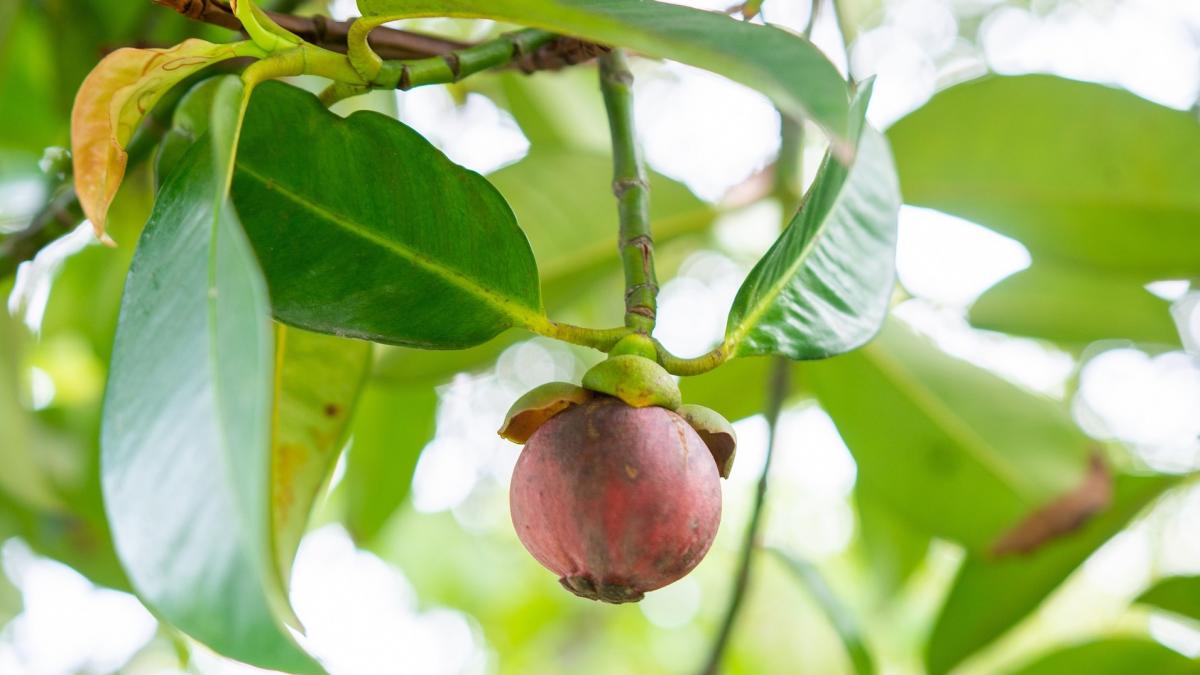
According to Indonesian media, adverse weather in some parts of the country has had a severe impact on mangosteen production. In particular, the output from East Java’s Ngebel district — one of Indonesia’s main mangosteen-growing regions — has seen a devastating decline of up to 70%.
Anam Watkulil, an agriculture extension officer in Ngebel, reported that the decreased output was caused by heavy rains during the bloom period. She explained that the flowers prematurely dropped before they had started producing fruit, adding that the same happened with durian crops.
Watkulil confirmed that the rainy weather has had a negative impact on all horticultural crops. Apart from mangosteens and durians, avocados, mangos, papayas and other fruits have all been affected. One proposed solution is to accelerate the bloom period, with farmers being advised to fertilize trees earlier in the hope that the flowers can bloom before the rains become too intense.
Rustin, a farmer from Sempu village, reported exporting his mangosteens to China during the past two years but that this year’s yield will be less abundant owing to only one month of dry weather. The farmer specified that an old tree — aged over a hundred years — can typically bear up to 400 kilograms of fruit. This year, however, the trees are only expected to produce a maximum of 150 kilograms.
Rustin further stated that mangosteen quality has also declined this year. Usually, one tree can produce up to 75% of premium-quality fruit. This can be observed from their fine color, smooth texture and sweet taste. This year, the color is more faded and the taste is also different, according to Rustin.
Indonesian mangosteens regained China market access in 2018 after the lifting of a ban imposed by China on account of fruit safety concerns. In previous years, the supply of mangosteens to China has been mainly led by Thailand, with a market share of approximately 90%, while Indonesia tended to rank second. Compared with Thailand, a greater distance to China is considered the main disadvantage hampering Indonesian fruit exports. Combined with the logistical difficulties that emerged during the pandemic, this disadvantage became amplified and resulted in stagnation of mangosteen exports soon after the market opportunities had in principle returned.
With the easing of China’s epidemic control measures in December of last year, however, exports are predicted to soon rebound. Bali mangosteen growers, for example, are reportedly pinning their hopes on returning tourist flights that can also transport fruit. Despite the high cost of air freight, farmers in Bali prefer to ship their mangosteens by plane in order to ensure better fruit quality upon arrival and therefore a better selling price. Eyeing the re-opened door to China and observing insufficient mangosteen supply in other regions, Central Java, for its part, has started pursuing the expansion of its horticultural production including fruit crops. It is important to note that back in 2012, prior to the ban and the COVID-19 outbreak, Indonesian mangosteens accounted for almost 19% of China’s supply.
Image: Pixabay



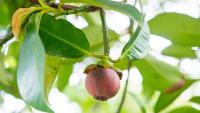

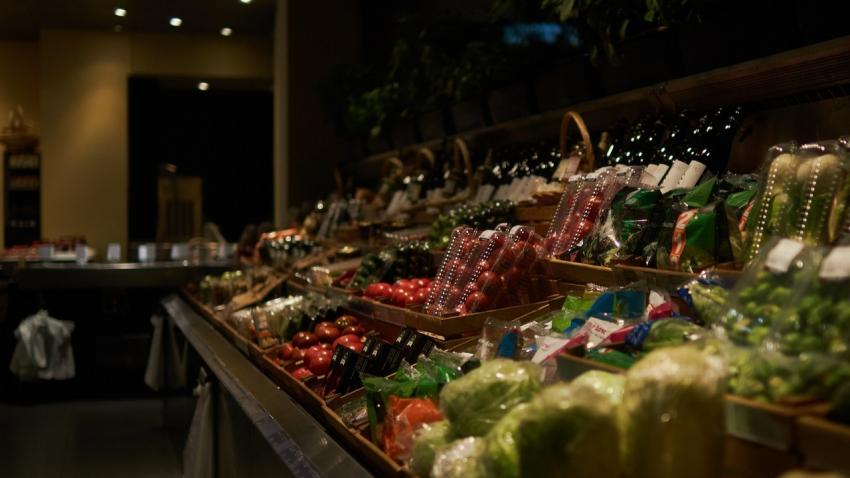
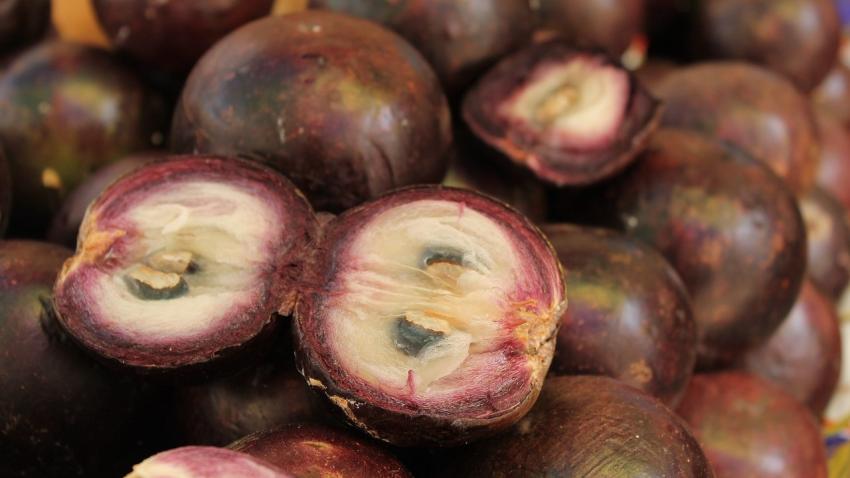
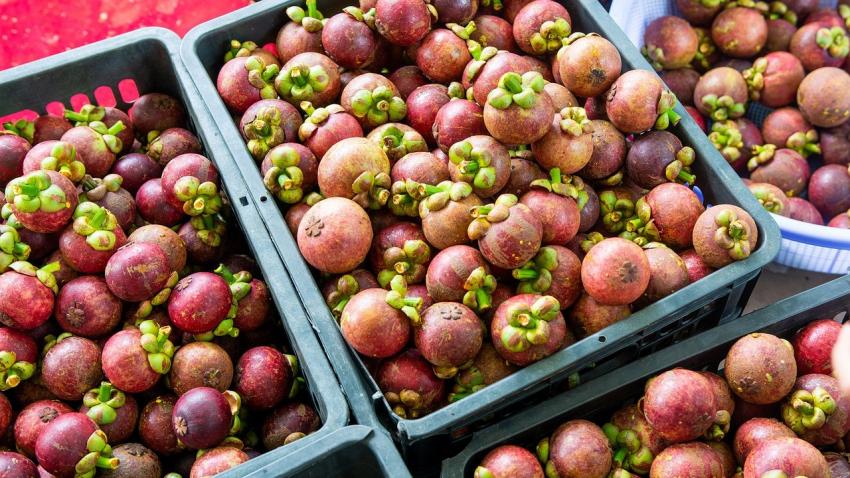







Add new comment